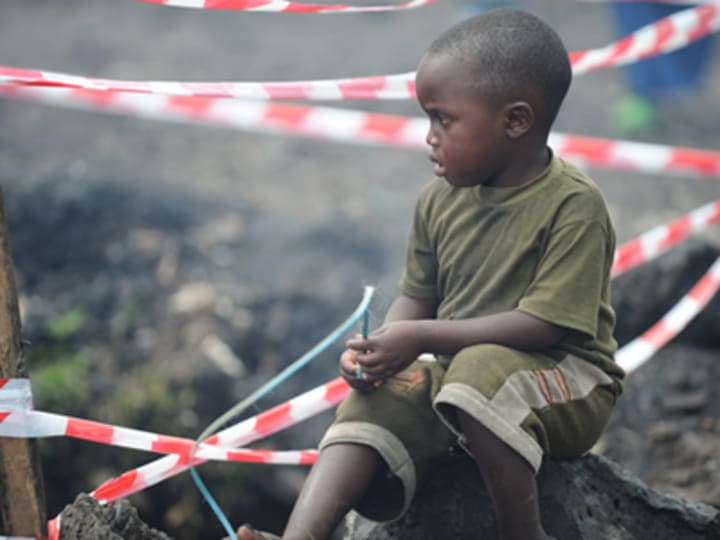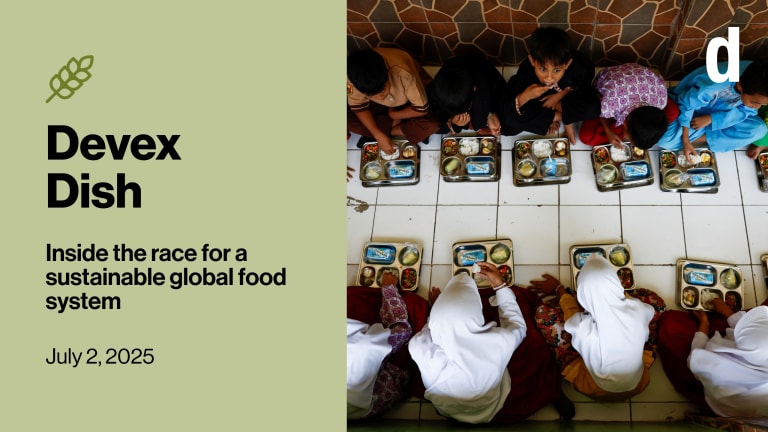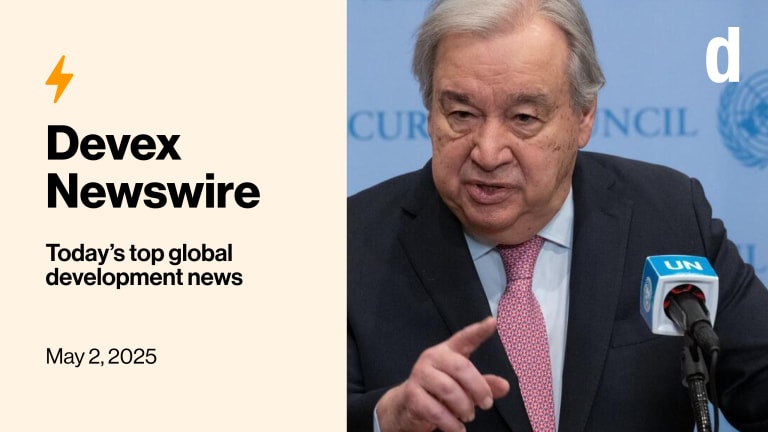
This week in New York, U.N. officials and diplomats hold in their hands the future for children living in conflict zones — the most vulnerable children in the world, and for whom the stakes have never been higher.
Children in conflict zones have been largely left behind by the Millennium Development Goals. These international goals, on everything from nutrition to universal education, have united the world’s governments toward practical action, and resulted in significant gains in eliminating poverty. In conflict zones, however, the MDGs have failed to deliver for children.
Children in war zones today overwhelmingly suffer from the multiple “hangovers” of war: hospitals without medicines, equipment or staff; schools stripped of teachers and supplies; and governments unable to deliver even the most basic needs, like clean water.
However, it doesn’t have to be that way.
In Somalia, South Sudan, the Democratic Republic of Congo and other “fragile” states, aid agencies, local governments, community organizations, the United Nations and other entities work together to deliver life-saving assistance and build resilience against future waves of crisis. These institutions can deliver what children need. The next generation of international poverty goals must support this kind of resilience.
Listen, act
World Vision has a simple prescription to ensure the next generation of international poverty goals succeeds where the MDGs didn’t: listen to the most vulnerable, and then act to meet their needs. That’s why this week we are calling for two very specific kinds of listening: participatory analysis of conflicts, and a more intentional approach to listening to children. Too much “business-as-usual aid” continues to miss the mark.
Despite the best of intentions, most aid projects in conflict zones begin without first developing a solid understanding of the local perspective, also known as “participatory conflict analysis.”
In 2011, aid donors and the World Bank asked for something new, called “joint fragility analysis” as the normal starting point of aid. Unfortunately, old habits prevailed — the overwhelming evidence is that conflict analysis happens much more rarely than promised; suffers from a lack of standard approaches; is not inclusive; and is then ignored.
But there is a different way. World Vision has been recognized for expertise in participatory conflict analysis. In dozens of conflict zones, we have brought together local people to identify key conflict challenges, and empowered them to act for change.
Listening to and empowering children is a critical aspect of this approach. U.N. member states have committed to protecting children from the ravages of war, and we have successfully lobbied for mechanisms to protect children from the so-called “6 grave violations”:
Killing or maiming.
Recruitment as soldiers.
Sexual violence.
Attacks on schools or hospitals.
Denial of humanitarian access.
Abduction.
No more excuses
Now it is time to take one step further to conflict prevention by listening to children’s voices for peace.
From Colombia to Kosovo to Sri Lanka, young people in war zones have shown a remarkable ability to diagnose conflicts accurately, and prescribe real solutions, even organizing themselves at a national level to campaign for peace. Their efforts deserve recognition and promotion, not silence and isolation.
This week in New York there will be excuses given: “Children have nothing intelligent to say about wars.” “There are too many goals – we can’t add peace!” “We already know what causes conflict.”
But if the world is to make progress lifting the world’s most vulnerable children out of poverty tomorrow, we need to start listening to them today. Let’s not leave the world’s conflict-affected children behind.
World Vision is jointly organizing the Addressing Vulnerabilities to Promote Sustainable Peace and Development side event at the XVIII Session of the Open Working Group on Sustainable Development Goals on Feb. 6.
Join the Devex community and access more in-depth analysis, breaking news and business advice — and a host of other services — on international development, humanitarian aid and global health.




